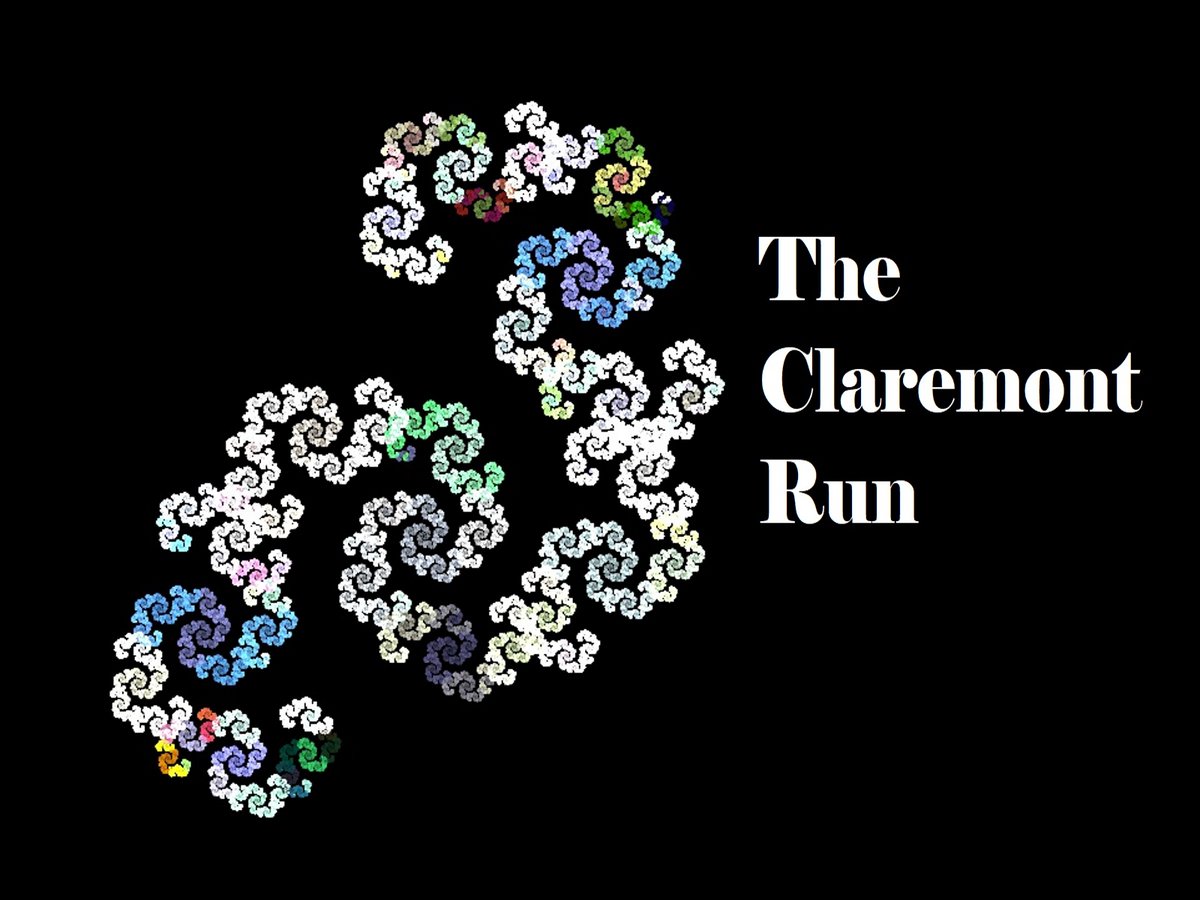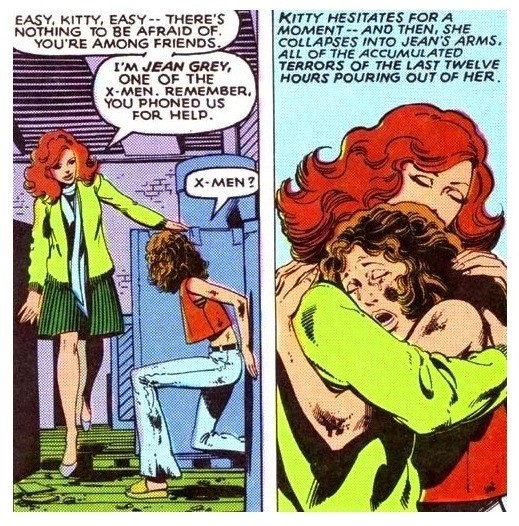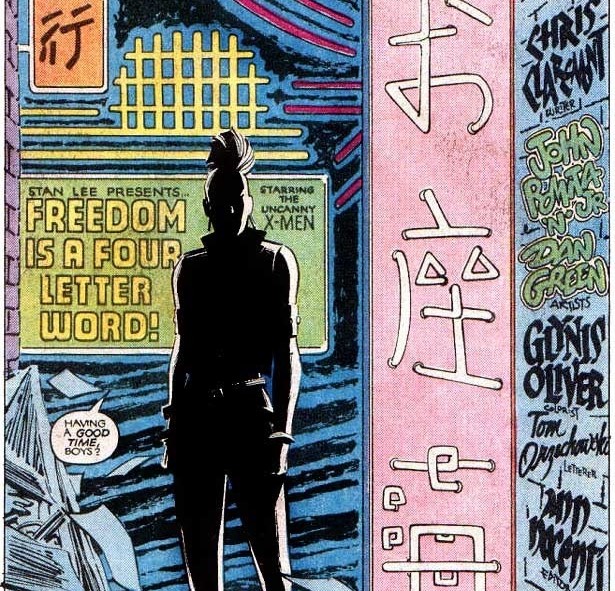Milestone acknowledgement: huge thank you to everyone for helping us crack 10K followers, 9,750 more than I had originally aimed for. In honor of that, I thought it might be a good time to reflect, in general, on the things that I’ve learned from this project. #xmen 1/8 

The Centrality of Storm: the more I study the series and the character, the clearer it is to me just how much the entire run pivots around Ororo. Wolverine is the most famous (and a wonderful character in his own right) but Storm is the engine that moves the X-Men. 2/8 

The Joy of X-Twitter: though afraid to enter a public discourse on social media, I found those fears to be unfounded. I’m sure there’s toxic fandoms out there, but X-Twitter has been, on the whole, delightful – welcoming, kind, thoughtful, generous. Deeply grateful there. 3/8 

Team Effort: Claremont had many of the best collaborators in the entire world of comics at the time. His success is their success, and arranging to have the best people on his books (including often going out-of-pocket) is a big key to his success. 4/8 

Ivory Tower (Un)Detachment: one of the reasons my followers goal was small was the assumption that there wasn’t an audience for academic discourse on comics on twitter. It’s been really buoying to see how much people seem to like applying theoretical models to pop culture. 5/8 

Social Media Scholarship: I actually presented on this for the CSSC, but I am continually impressed by how powerful social media is as a vehicle to disseminate scholarly work, especially on comics. The integration of visuals, hyperlinks, and symmetric media is powerful. 6/8 

Spinoff Success: where I think there’s a real danger in stretching a franchise too thin, Claremont used the X-Spinoffs to experiment, and the results were genuinely transformative, with the sexually-charged glee of Excalibur, and the horrifically dark New Mutants. 7/8 

There’s other observations to be had as well, and I’m not done learning about my subject yet, so more to come. The main thing is to just say ‘thank you’ again to the community for letting me ramble at you about X-books. 8/8 

• • •
Missing some Tweet in this thread? You can try to
force a refresh






















